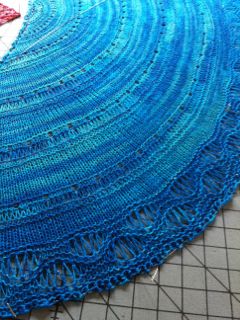Welcome to Episode 34: The Forgetting Curve and Knitting
What We’re Learning from our Knitting:












Brainy Thing: 15:47 Behind the Redwood Curtain: 25:35
What we’re learning from our Knitting
Catherine got a lot of satisfaction by completing Laura Nelkin’s Butin Collar.

Margaret created felted bangles from Mags Kandis’ Bevy of Bangles pattern, from the book Gifted, Lovely little things to knit and crochet by Mags Kandis or get them for free from the Interweave website.
Brainy Thing: The Distributive Practice Effect
Catherine talks about the Distributive Practice Effect, first described by Hermann Ebbinghaus. In psychology,it is talked about as the Spacing Effect. Essentially, practicing something a little bit every day is more effective in learning than practicing for a long time for one day a week.
Behind the Redwood Curtain: Ferndale, CA, the Victorian Village
Catherine introduces us to Ferndale, CA which has a large number of well preserved Victorian buildings. It is very well decorated around Christmas time.

Knitting Tip:
Margaret shares a tip from No Sheep for You by Amy Singer: When knitting socks in Cotton or a yarn with little memory, use ribbing to help the sock
Podcast Business
The incentive prize for signing up for the Teaching Your Brain to Knit Ravelry Group:
